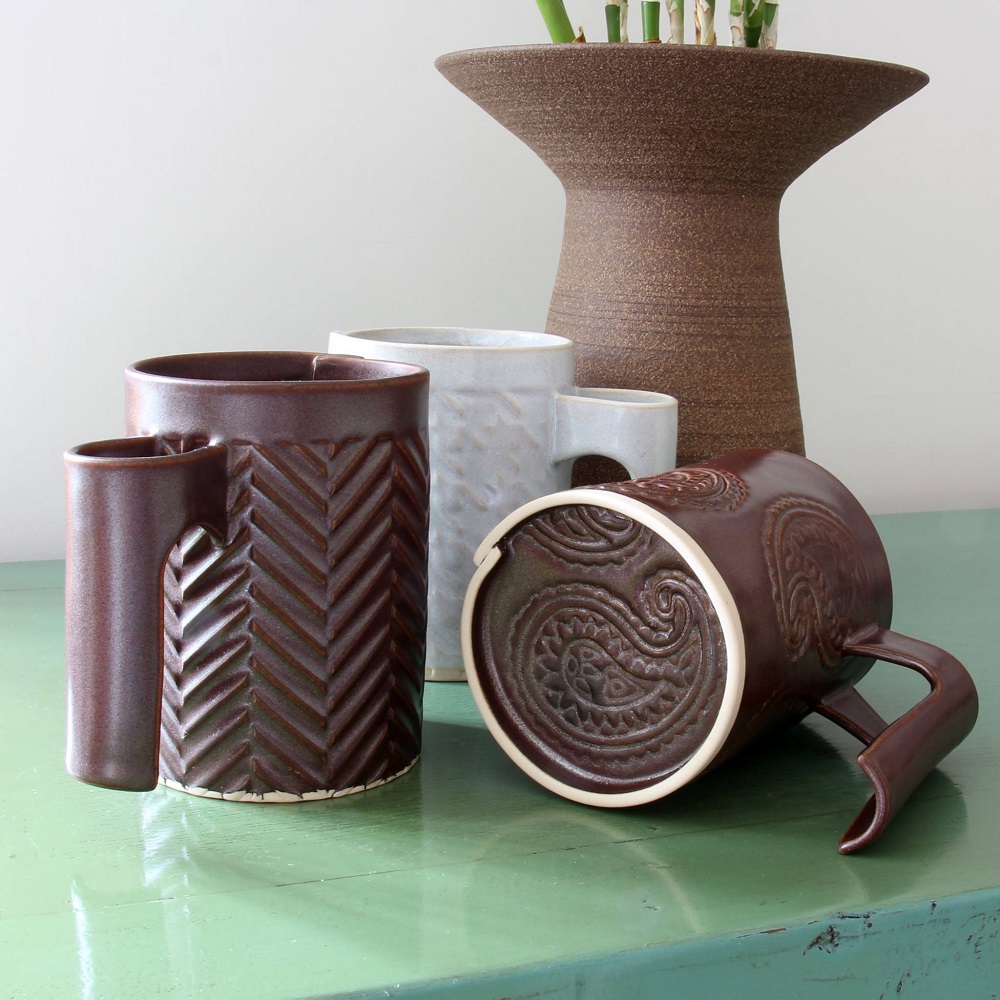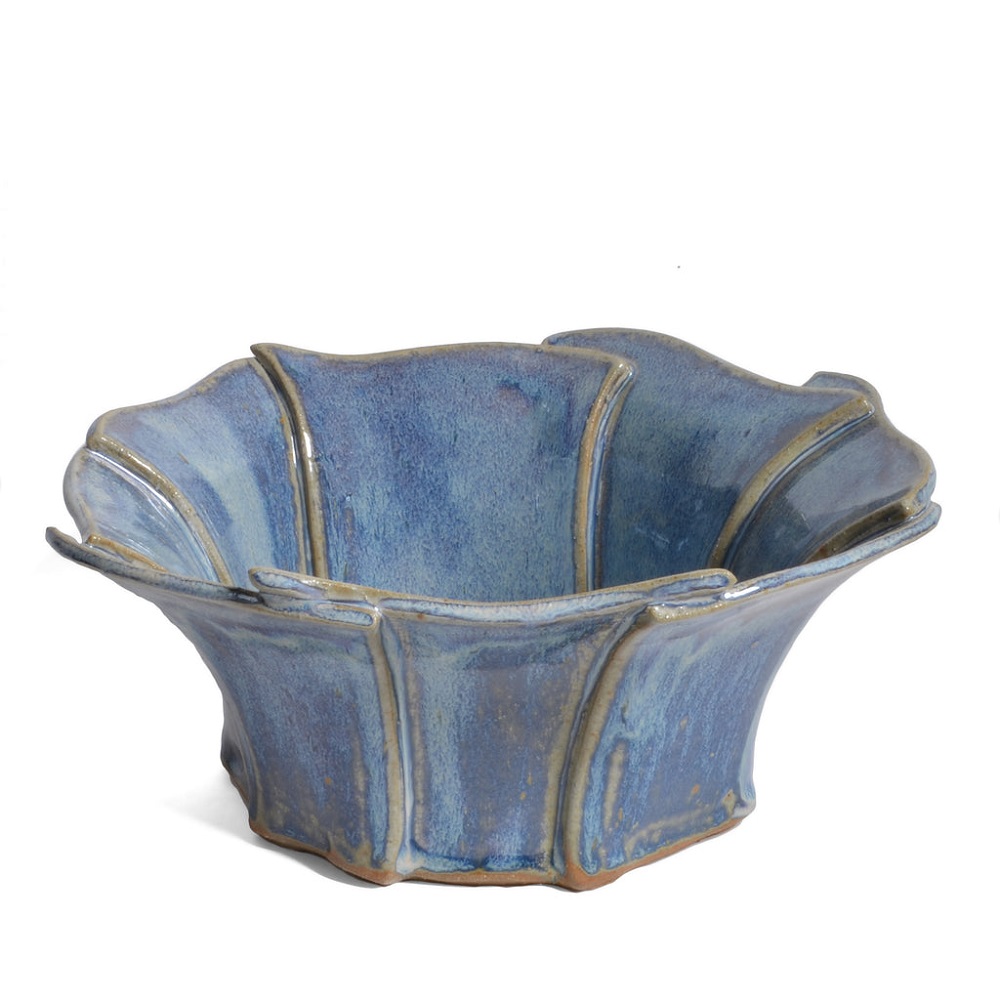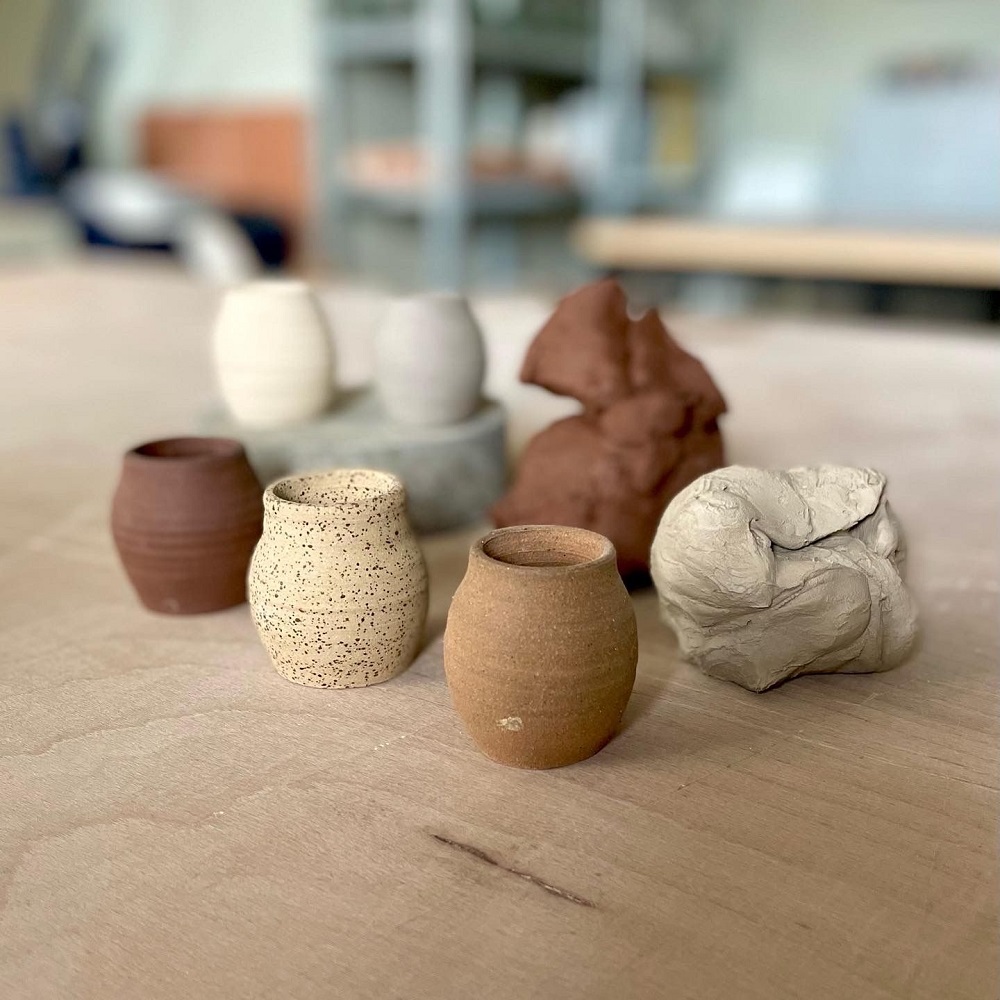Ceramics is an ancient art form that has seen tremendous evolution over the years. Among the various techniques in ceramics, slab building stands out for its versatility and ease of use. This method allows artists to create complex shapes and forms while maintaining the integrity of their designs. In recent years, innovative slab ceramics techniques have emerged, providing artists with new tools and methods to express their creativity. This article explores these innovative techniques, discussing their applications, benefits, and tips for artists looking to enhance their practice.
Understanding Slab Ceramics
Defining Slab Building
Slab building is a ceramics technique that involves creating objects from flat pieces or slabs of clay. Unlike traditional wheel throwing, this method allows artists to manipulate and assemble slabs to create more intricate and unique forms. Artists can cut, join, and mold the slabs into desired shapes, offering tremendous creative freedom.
Slab ceramics is particularly favorable for beginners. The technique does not require extensive training or experience with a pottery wheel, making it accessible to aspiring artists. Simple tools and basic hand skills are often sufficient to create impressive pieces, allowing for a low barrier to entry.
History of Slab Ceramics
The history of slab ceramics dates back to ancient cultures. Archaeological findings show that various civilizations, such as the Mesopotamians and Native Americans, used slab techniques in pottery making. These early artisans employed hand-building methods to create functional and decorative pieces, often using natural clay found in their surroundings.
Today, slab ceramics continues to thrive as both a traditional and innovative practice. Modern artists are building on the techniques of their predecessors, experimenting with new ideas and materials. The blend of historical knowledge and contemporary creativity has revitalized slab ceramics, making it an essential aspect of modern ceramic artistry.

Innovative Techniques in Slab Ceramics
3D Printing with Slabs
One of the most exciting advancements in slab ceramics is the incorporation of 3D printing technology. Artists can now create intricate molds or templates using 3D printers, which can then be filled with clay slabs. This technique allows for precise forms that would be difficult, if not impossible, to achieve by hand.
3D printing opens up endless possibilities for artistic expression. Designers can experiment with geometric patterns and intricate designs, pushing the boundaries of traditional slab building. Additionally, with the ability to create complex shapes, artists can innovate in terms of functionality, designing unique items such as lighting fixtures or furniture components.
Moreover, artists can preserve their designs digitally, allowing for reproductions. This combination of technology and craftsmanship showcases how innovation can elevate traditional techniques in ceramics.
Texturing and Surface Treatment
Another innovative technique in slab ceramics is the application of texture and surface treatments. Traditionally, artists applied glazes to enhance their surfaces. However, many are now experimenting with a variety of materials to create interesting textures in their work.
Using tools like rolling pins, stamps, and molds, artists can imprint designs or patterns onto wet clay slabs. This texturing allows for rich visual interest while providing tactile elements to the finished pieces. Some artists also incorporate natural or found materials, such as leaves or fabrics, to create unique impressions on their slabs.
Once the slabs have been formed, various surface treatments can be applied. Techniques such as burnishing, painting, or sgraffito enhance the textural qualities of the slabs. The combination of these surface treatments results in visually engaging artworks that captivate viewers and invite exploration.

Combining Slab Ceramics with Other Mediums
Mixed Media Approaches
Artists have increasingly embraced mixed media approaches to slab ceramics. By combining clay with other materials, they can create innovative and visually striking pieces. For example, integrating glass, wood, or metal elements allows for a dynamic interplay of textures and colors.
Through mixed media techniques, artists can explore new thematic narratives, interweaving various materials to convey complex ideas. This hybrid approach broadens the creative scope of slab ceramics, allowing for endless experimentation.
Additionally, incorporating other mediums can help elevate the overall aesthetic of the artwork. For instance, layering glazes with metallic paint or incorporating fiber elements can offer a unique contrast when blended with clay. This multidimensional aspect enriches the final piece, creating an engaging visual experience.
Functional Art
The blending of functionality with artistic expression is another innovative trend in slab ceramics. Artists are designing functional items that retain artistic qualities in their forms. Examples include sculptural serving dishes, vases, or furniture constructed using slab techniques.
The use of innovative techniques allows artists to design pieces that serve practical purposes without sacrificing aesthetics. By emphasizing form while ensuring usability, artists can appeal to both collectors and everyday users. This balance between functionality and art creates a lasting impact on viewers and users alike.
Sustainable Practices in Slab Ceramics
Eco-Friendly Materials
As sustainability becomes more critical in art and production, many artists are turning to eco-friendly practices within slab ceramics. The use of natural clays and non-toxic glazes has gained popularity as artists seek to minimize their environmental impact.
Sustainable practices also extend beyond materials. Artists can explore using recycled or repurposed materials in their work. For instance, utilizing scrap clay or incorporating found objects into their designs can lead to innovative and more environmentally friendly outcomes.
Additionally, some artists are experimenting with locally sourced resources, reducing transportation emissions in the process. This focus on sustainability aligns with the growing interest in environmental awareness, allowing artists to make conscious choices about their art.
Energy-Efficient Kiln Operations
Another sustainable practice being adopted in the ceramics community is energy-efficient kiln operations. Artists are increasingly utilizing kilns that require less energy to fire. Innovations in kiln technology, such as the use of solar-powered kilns or those designed for lower temperature firings, contribute to eco-friendly ceramics practices.
Implementing these energy-efficient kilns not only reduces the carbon footprint of ceramic production but can also enhance the firing process itself. For example, some eco-friendly kilns allow for better control over firing schedules, resulting in enhanced color and clarity in glazes. This innovative approach encourages artists to consider the environmental implications of their artistic practices.

Educational Opportunities for Artists
Workshops and Classes
As interest in slab ceramics grows, educational opportunities are expanding as well. Many community centers, art schools, and studios offer workshops and classes specifically focused on slab building techniques. These sessions provide hands-on experience, teaching participants how to work with slabs effectively.
Instructors often introduce innovative methods, encouraging artists to experiment and find their unique voices. Workshops may focus on various aspects, such as texturing, mixed media approaches, or incorporating technology like 3D printing. Opportunities to learn from professional ceramists can greatly enrich an artist’s practice and inspire new ideas.
Online Resources
The digital age has brought about a wealth of online resources for artists interested in slab ceramics. Numerous platforms provide tutorials, videos, and forums where artists can share their experiences and seek advice. Websites, social media groups, and video-sharing platforms host valuable content that allows artists to learn at their own pace.
Engaging with online communities can foster a sense of connection and collaboration among artists. Sharing techniques, challenges, and successes can lead to the development of new ideas and inspire growth within the community. The accessibility of knowledge is a powerful tool for both emerging and experienced artists.
Market Trends in Slab Ceramics
Customization and Personalization
The trend toward customization and personalization is taking the ceramics market by storm. Many consumers seek unique, one-of-a-kind pieces that reflect their individual tastes and preferences. Artists are responding to this demand by offering customizable slab ceramic products, allowing clients to engage deeply with their work.
Custom options may include personalized designs, colors, or sizes. By offering tailored experiences, artists can create stronger connections with their clients, ensuring satisfaction and encouraging repeat business. This trend not only benefits artists’ careers but also provides consumers with meaningful, personalized artwork.
E-commerce Growth
Another significant trend in the ceramics market is the growth of e-commerce. With the rise of online shopping, many artists are setting up online shops to reach a broader audience. This change has expanded access to slab ceramics, allowing artists to showcase their work to potential buyers far beyond their local communities.
A well-designed online presence can help artists build their brands and promote their unique styles effectively. Through social media marketing, artists can connect with their target markets and engage with collectors. This e-commerce trend provides exciting opportunities for artists to sustain their creative practices financially.
Embracing Innovation in Slab Ceramics
In conclusion, innovative slab ceramics techniques offer diverse opportunities for artistic expression and creativity. The combination of traditional methods with modern technology fosters an environment where artists can push the boundaries of their craft. Whether through 3D printing, mixed media approaches, or sustainable practices, these innovations enhance the potential of slab ceramics.
As artists continue to explore these techniques, they will undoubtedly discover new ways to engage audiences and enrich their practices. Educational opportunities and market trends further support this evolution, ensuring that the world of slab ceramics remains dynamic and vibrant.
By embracing these innovations, artists can create meaningful and impactful work that resonates with viewers on various levels. As we look toward the future, the world of slab ceramics is poised for growth, creativity, and exploration, inviting artists to embark on their unique journeys in this exciting medium.